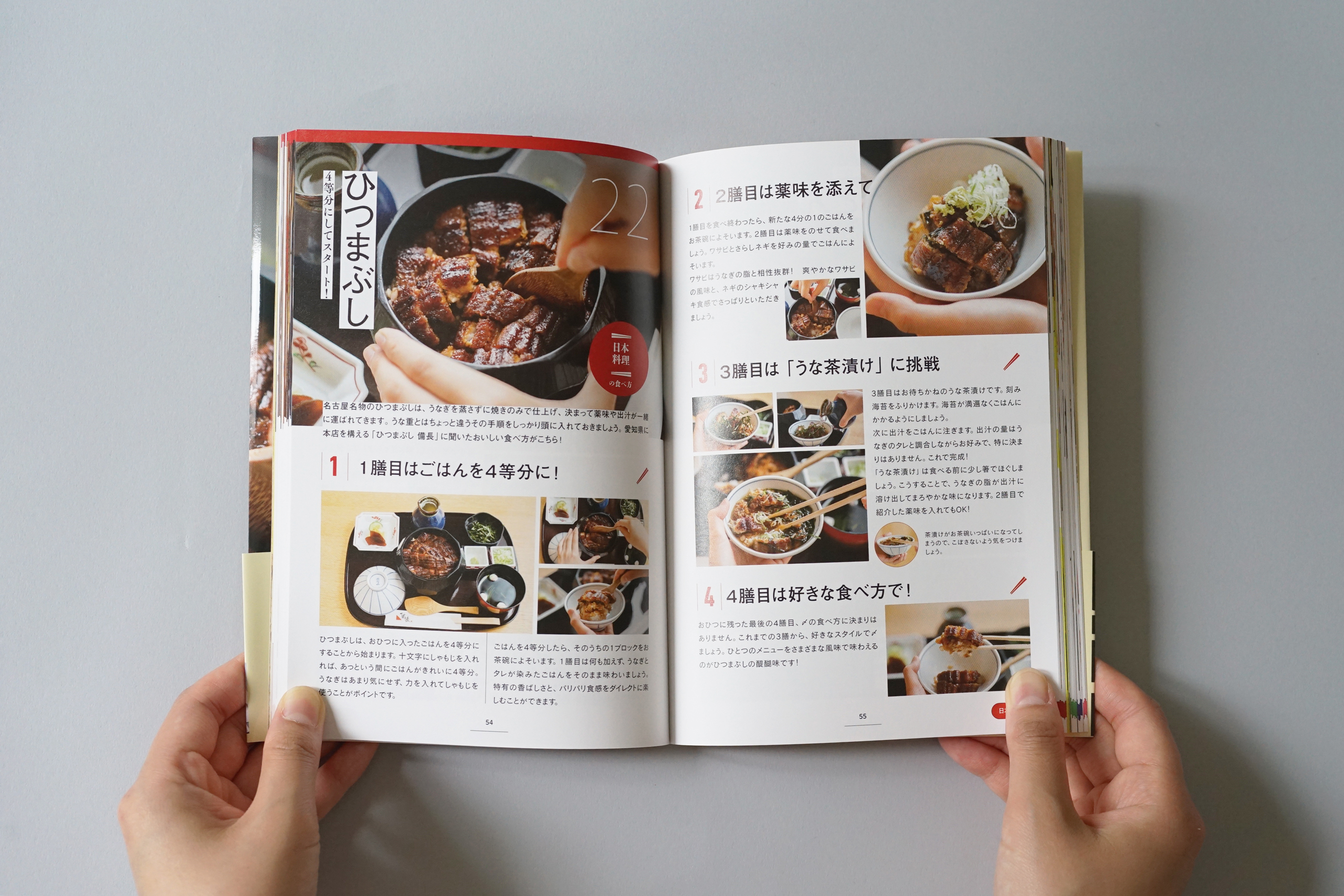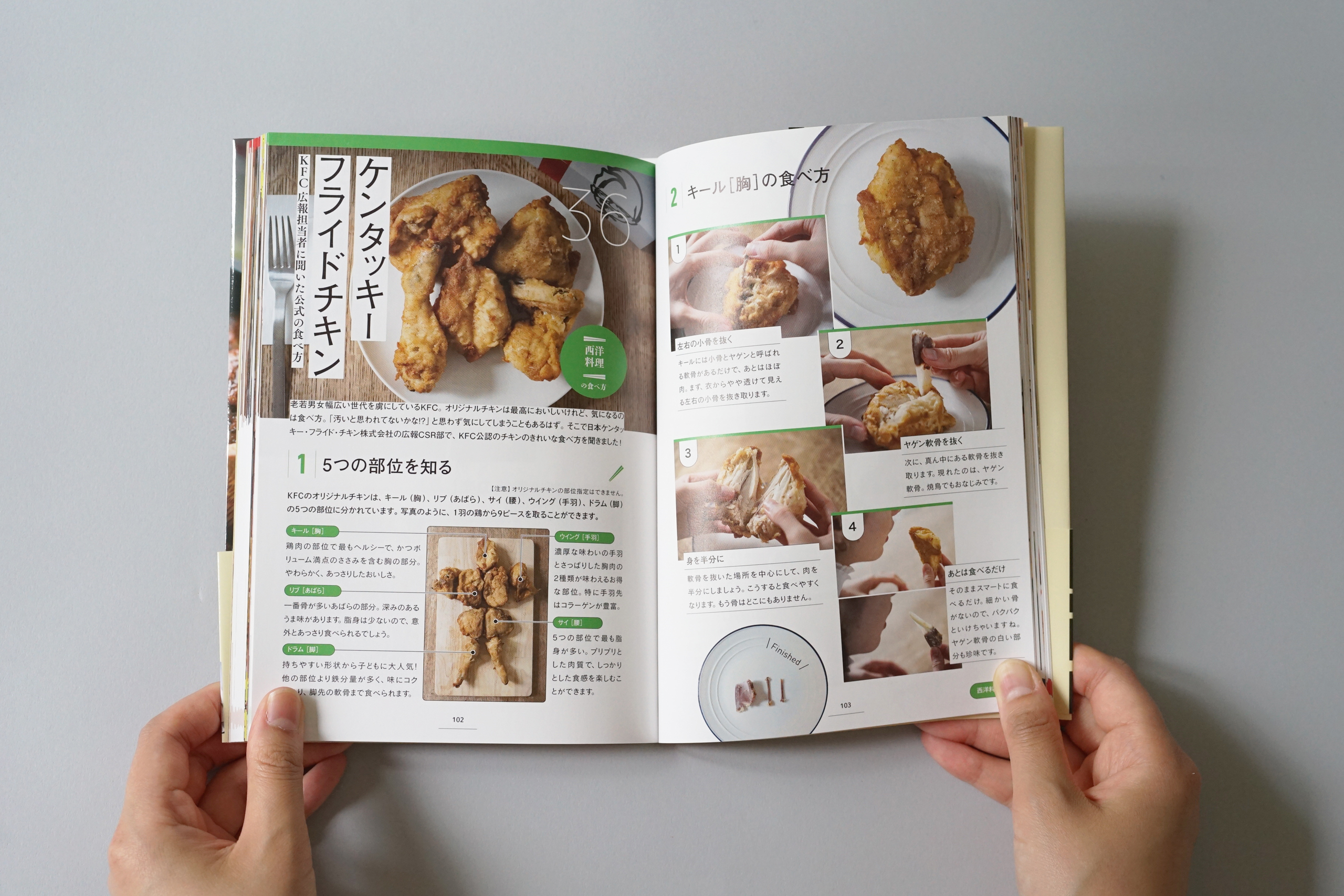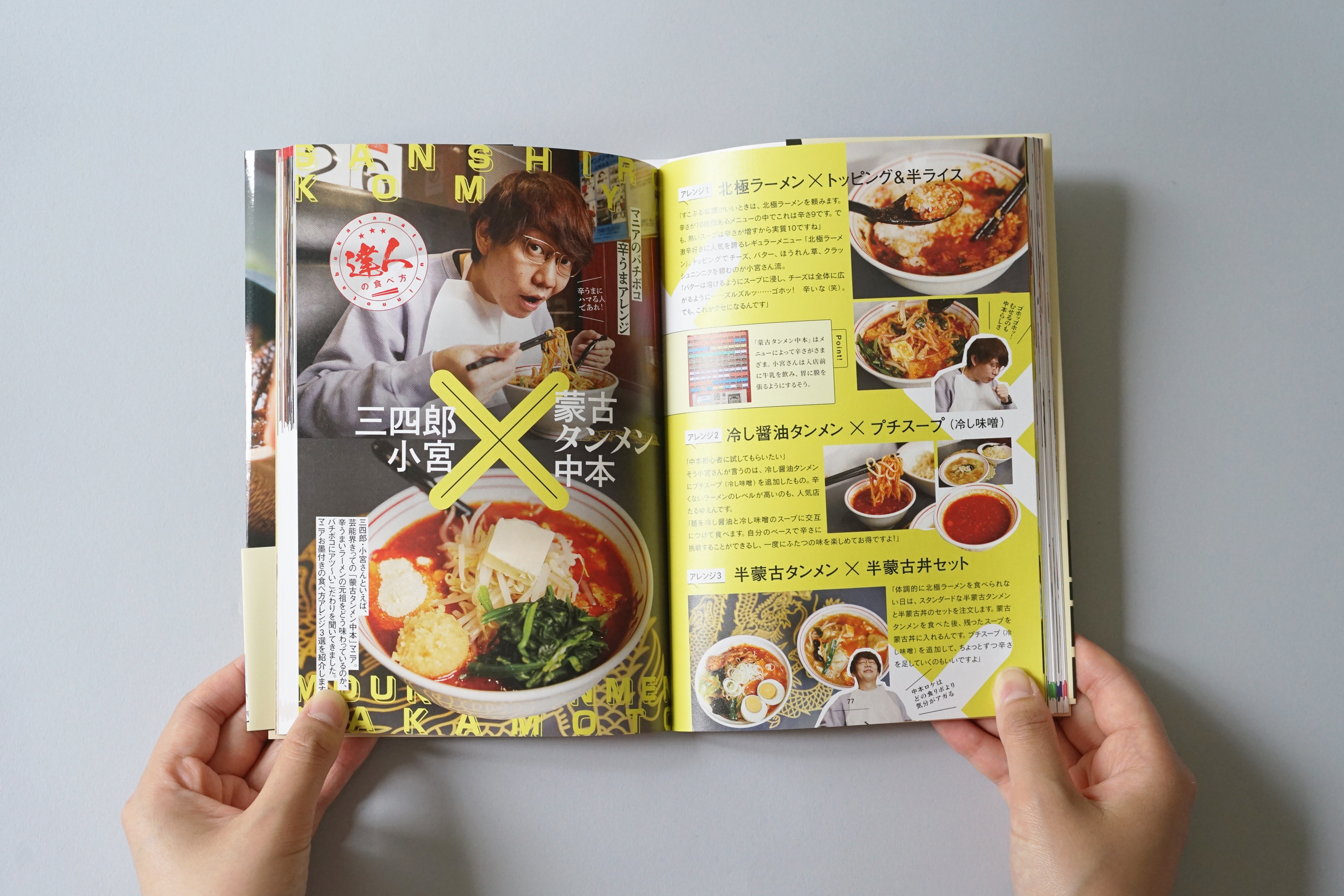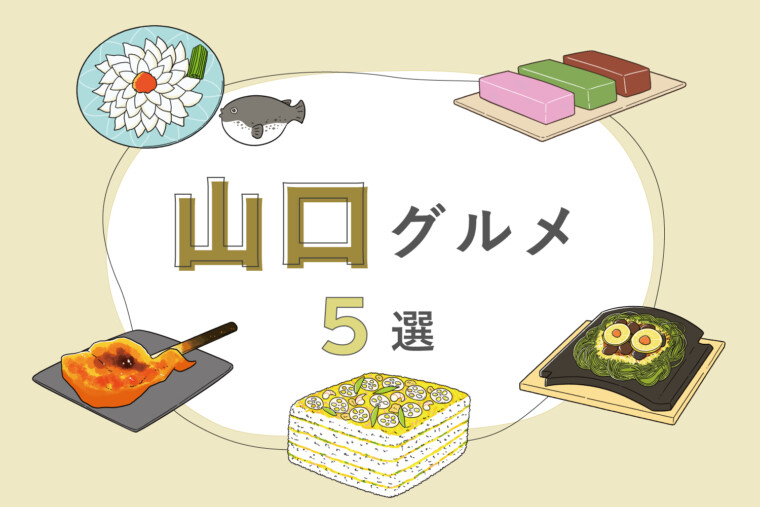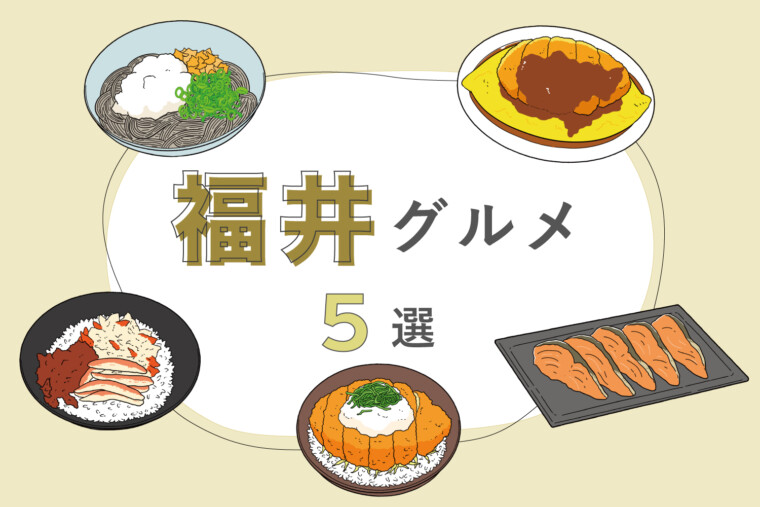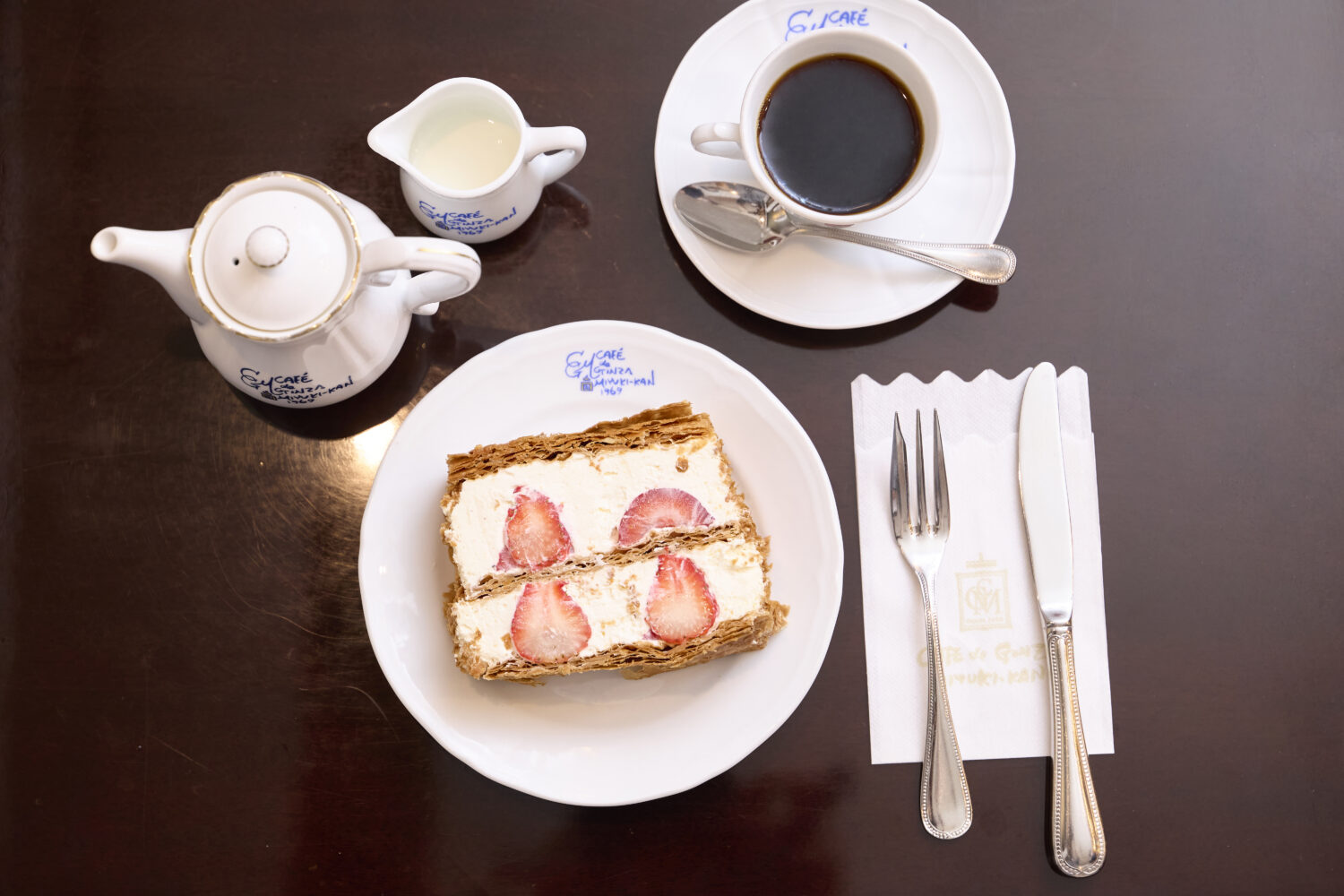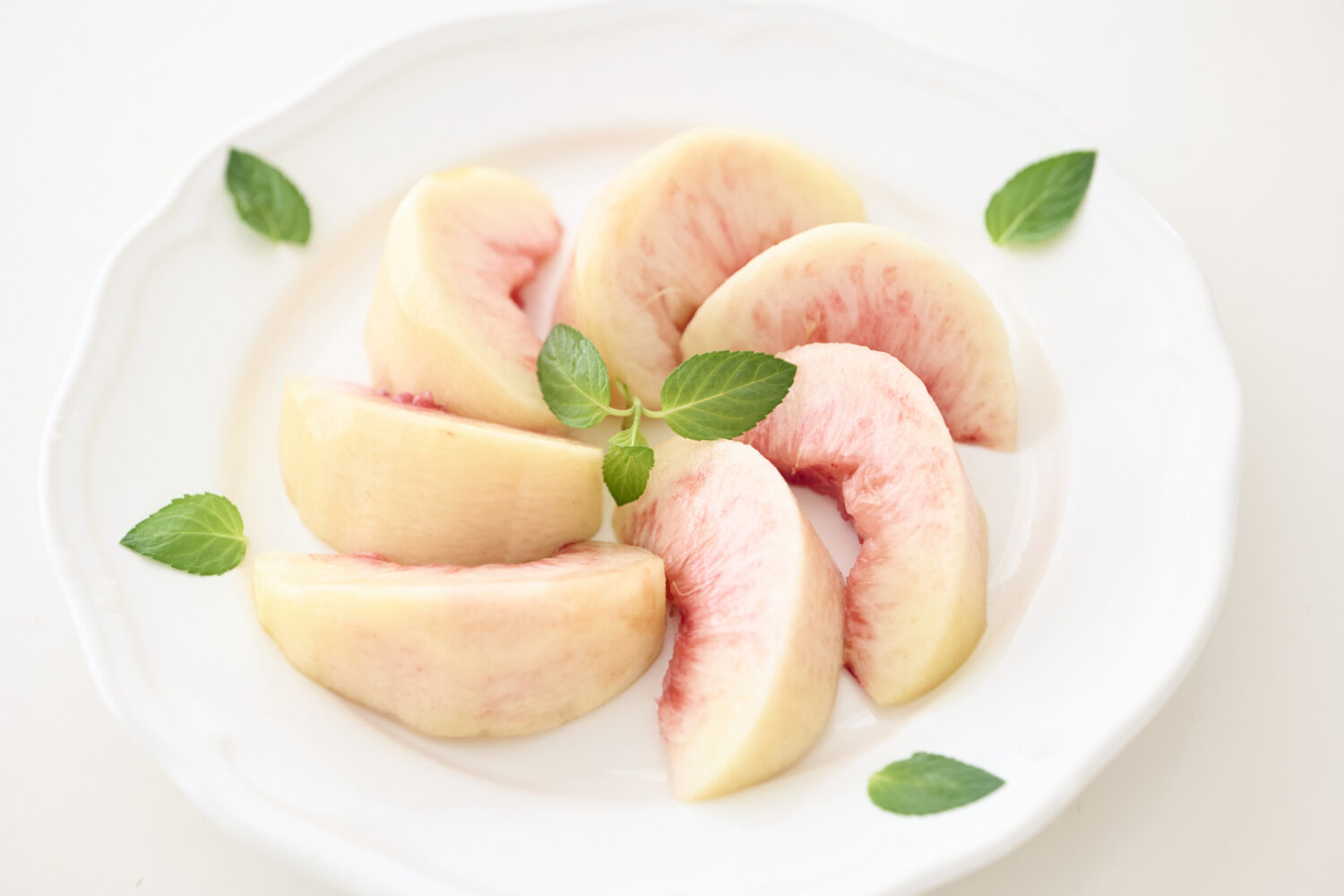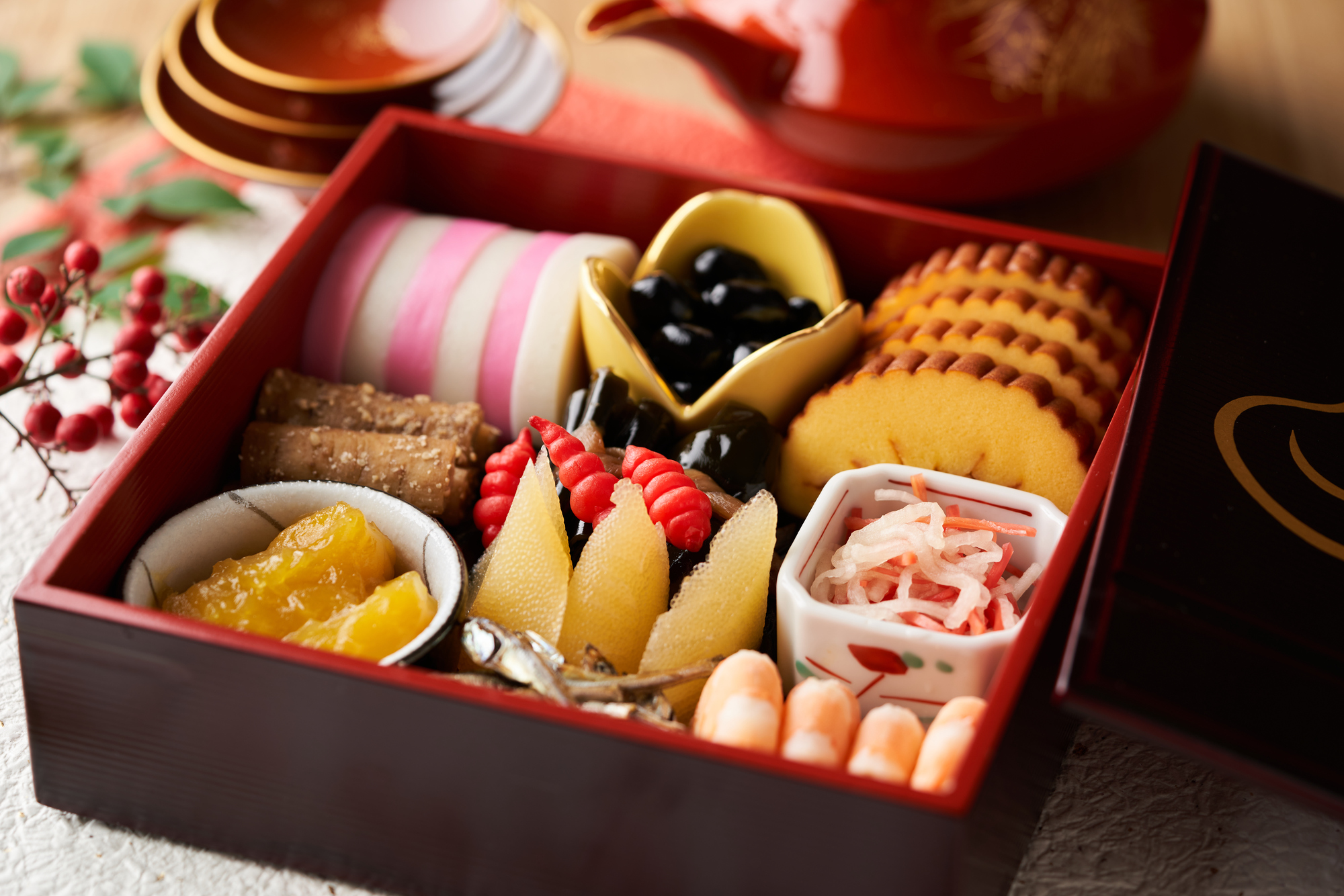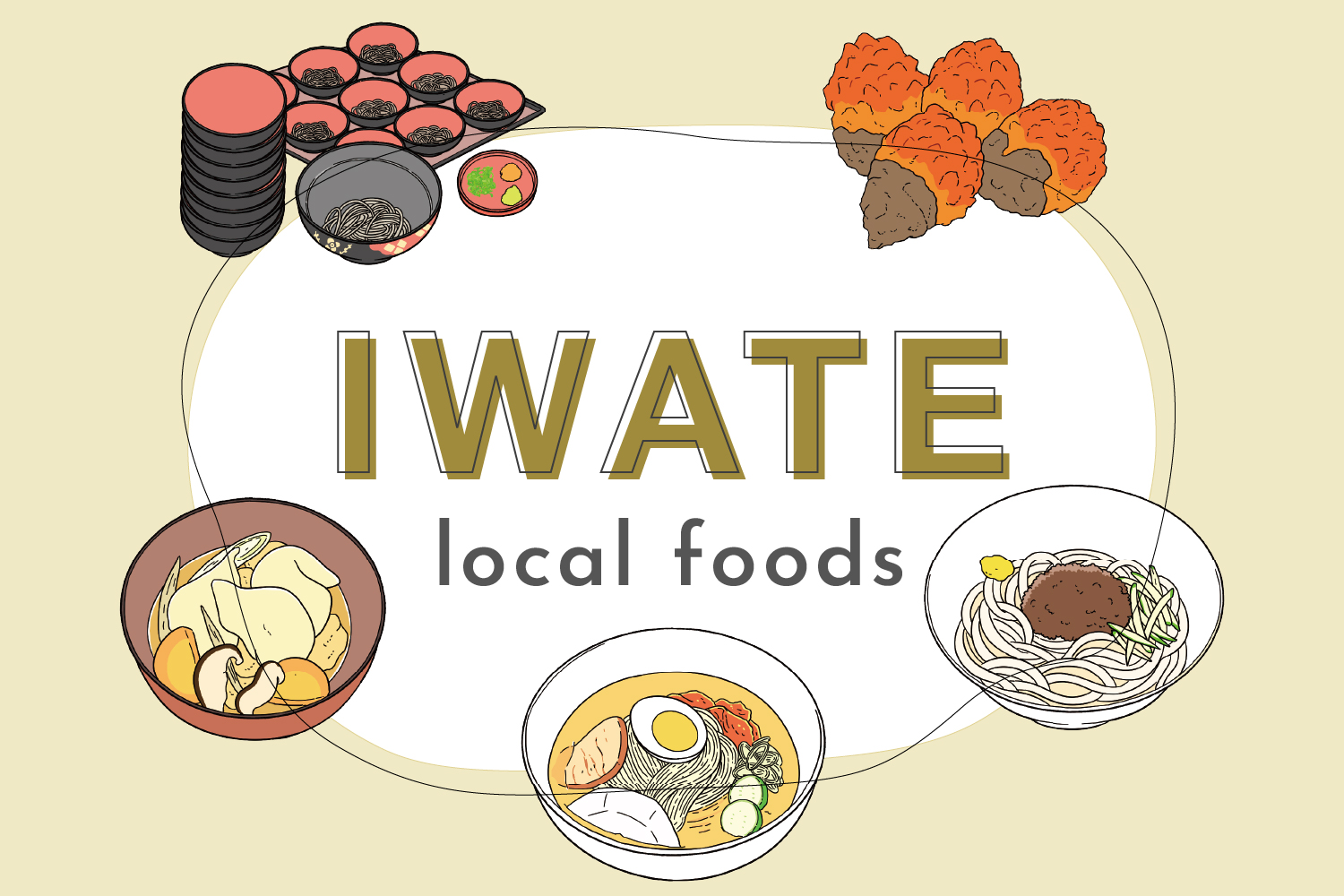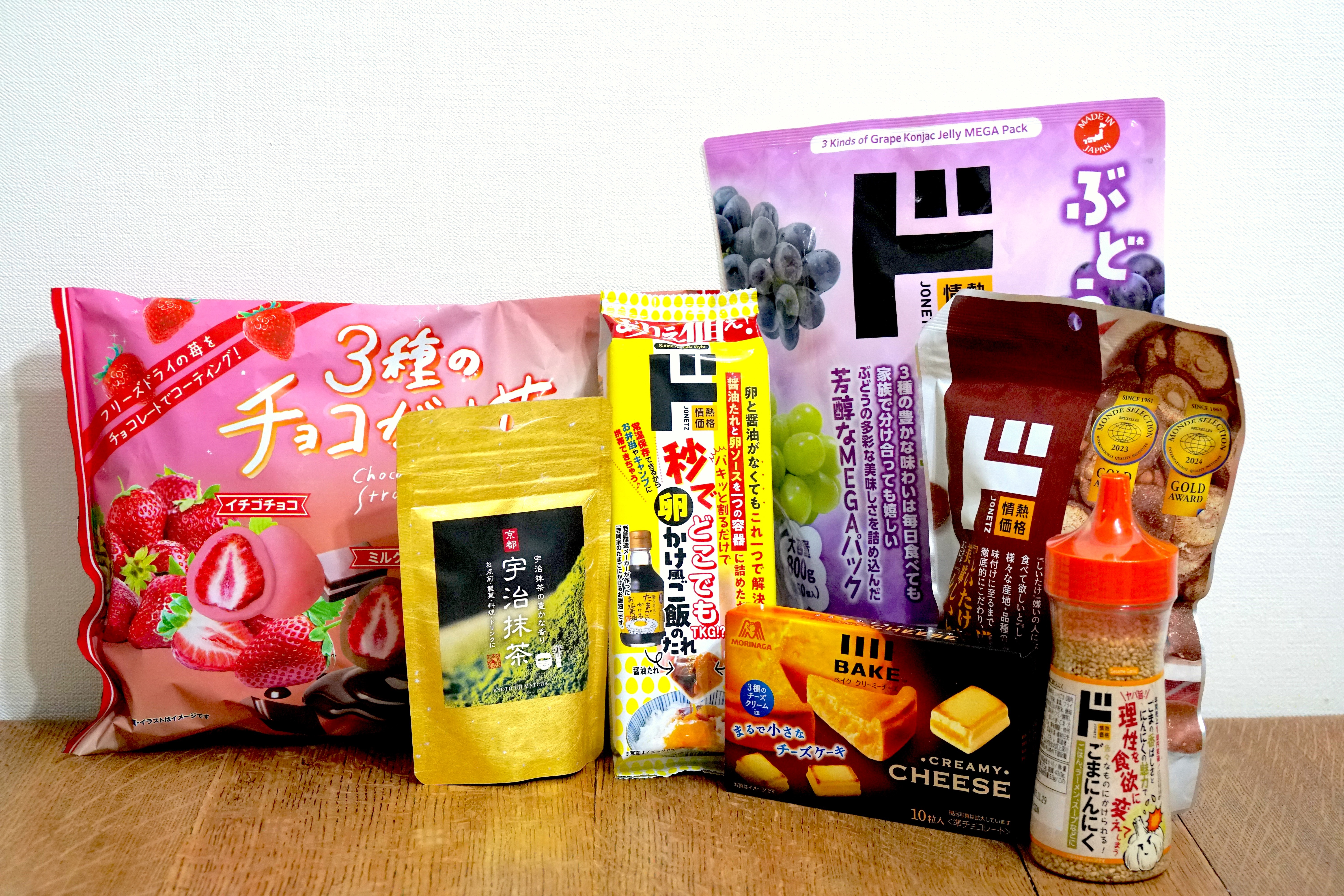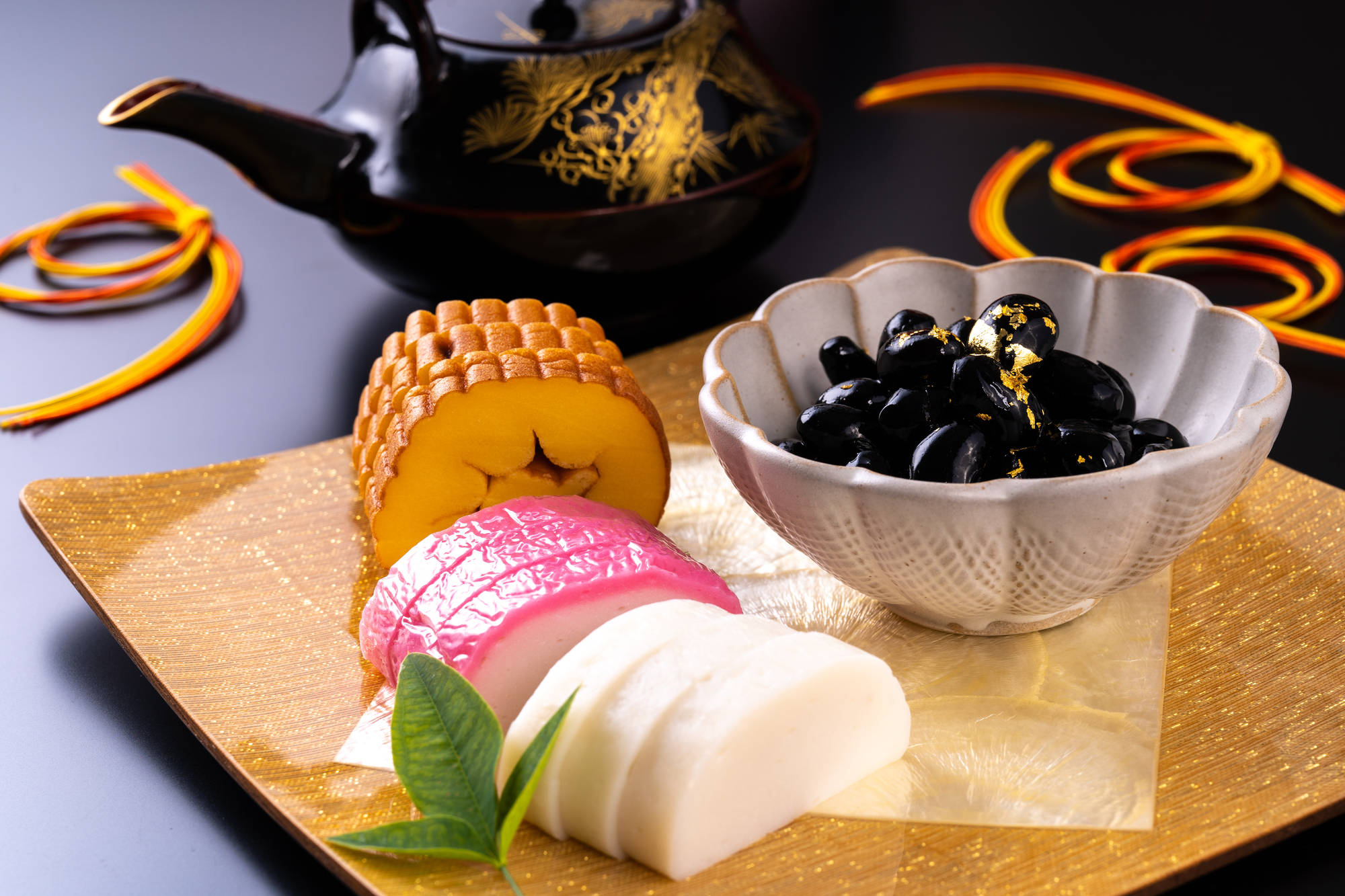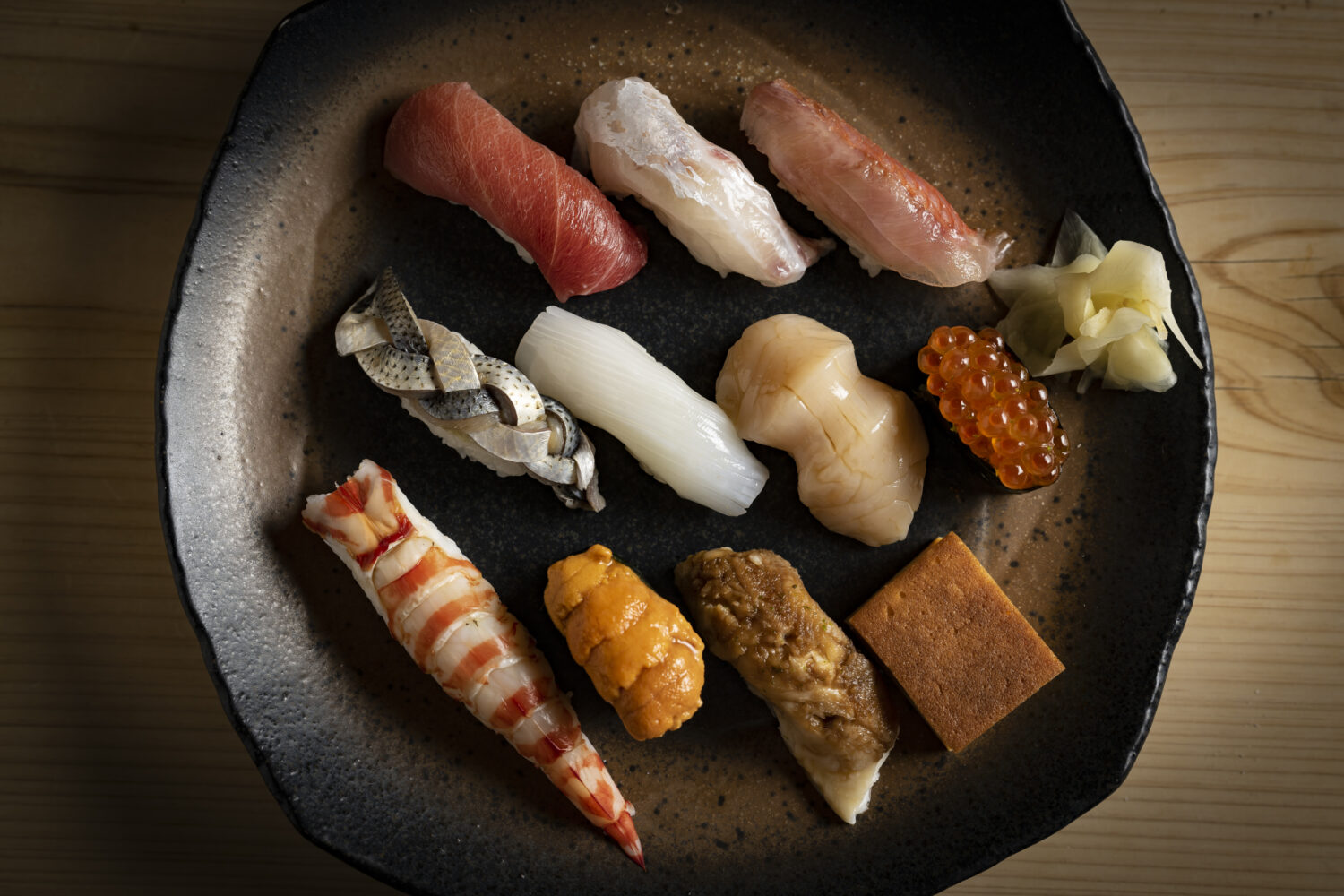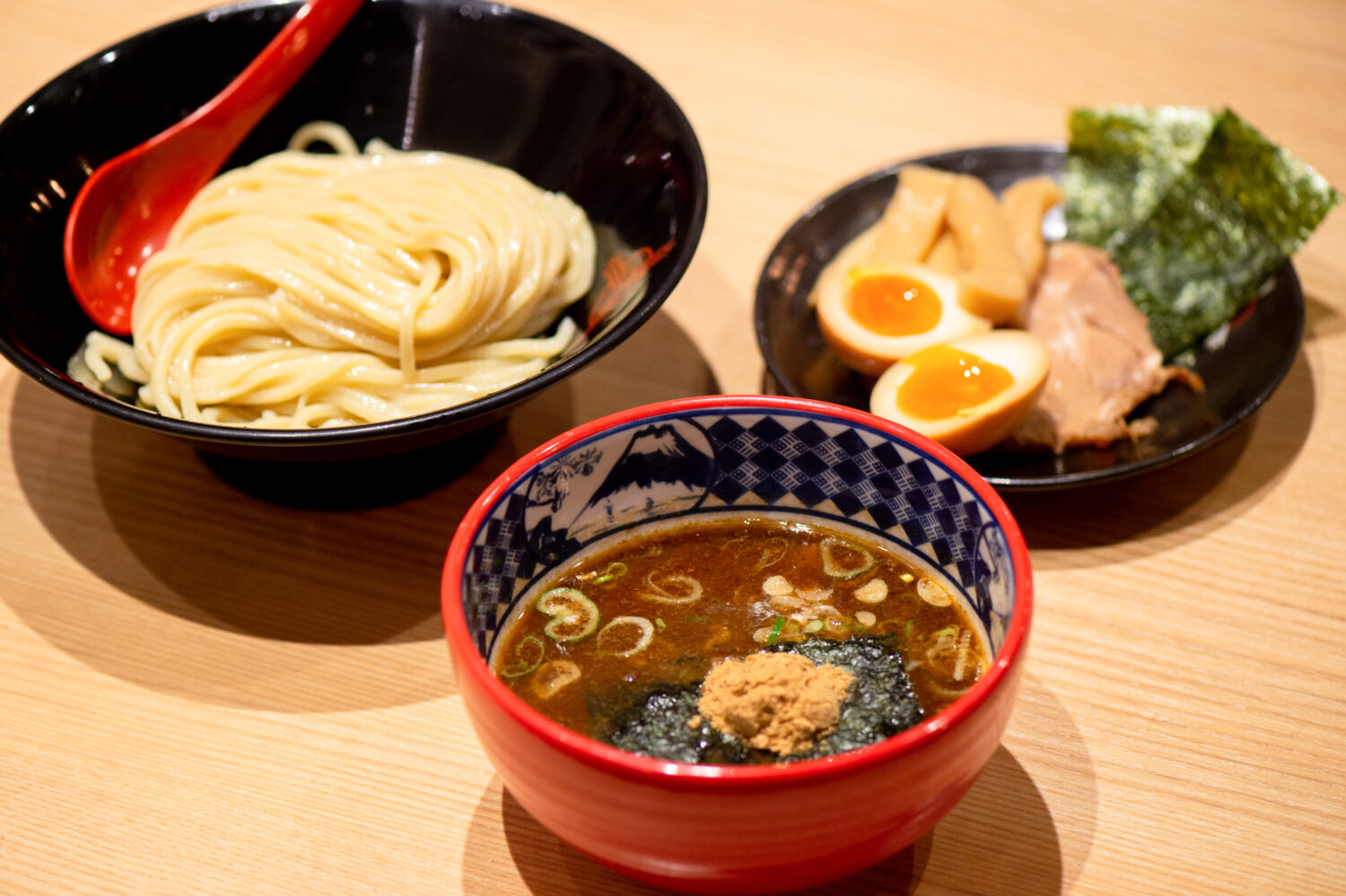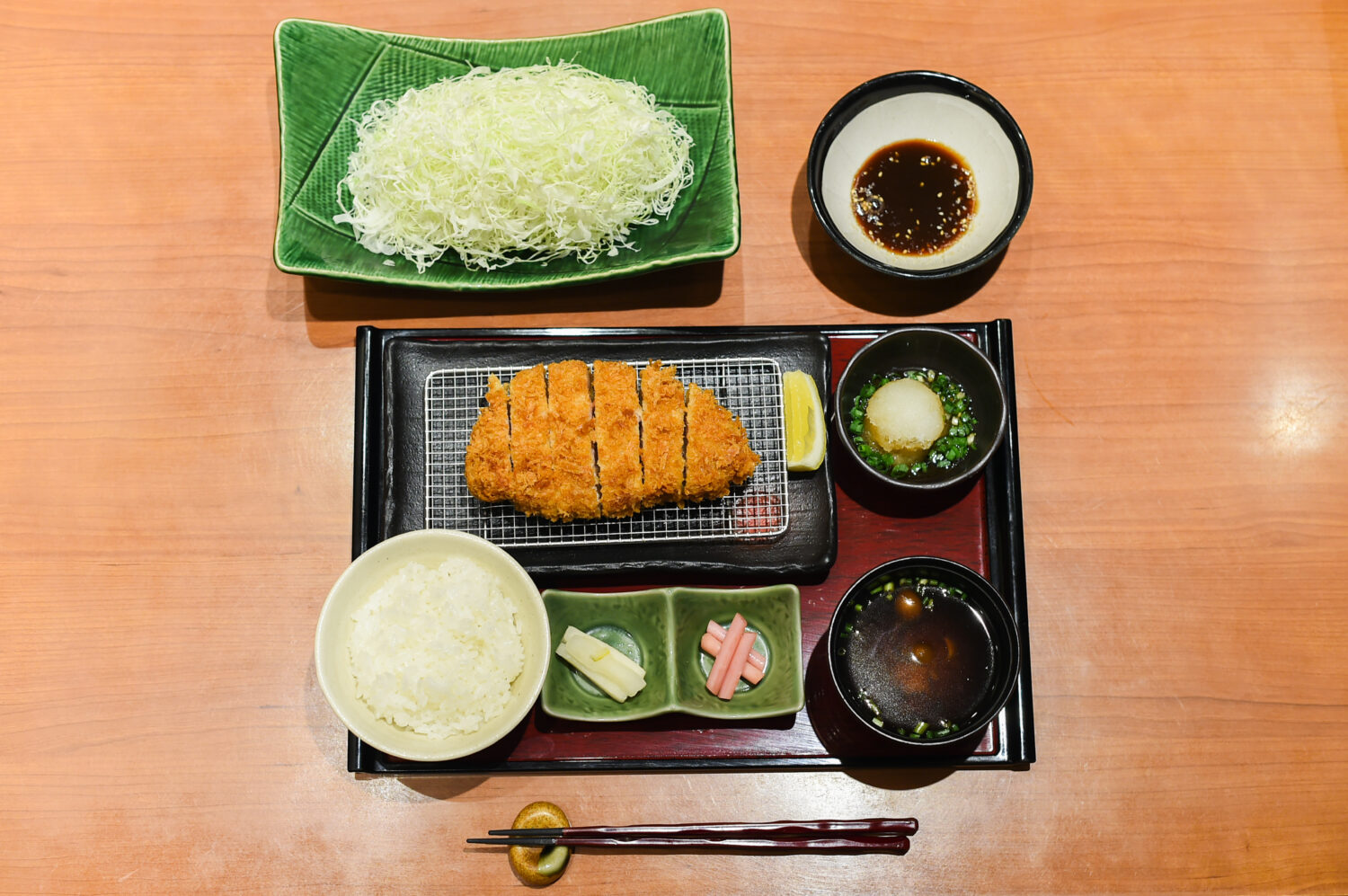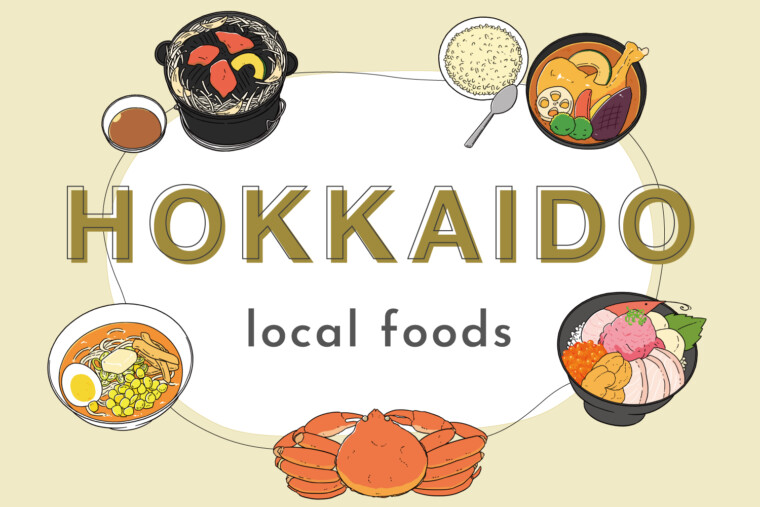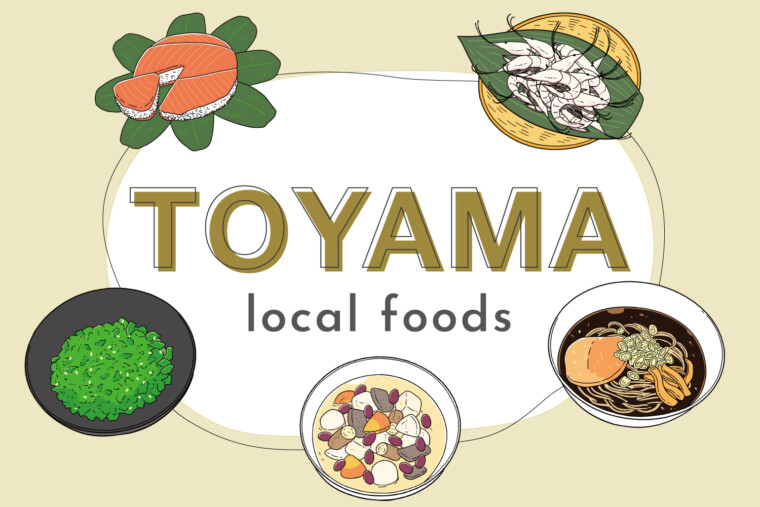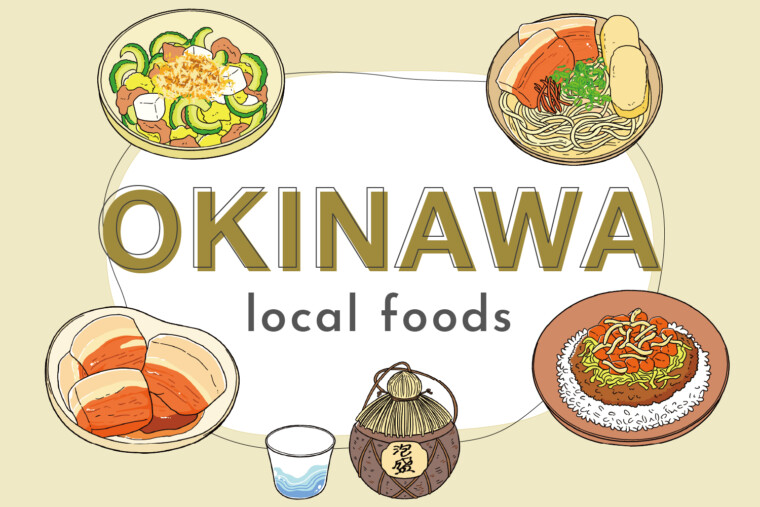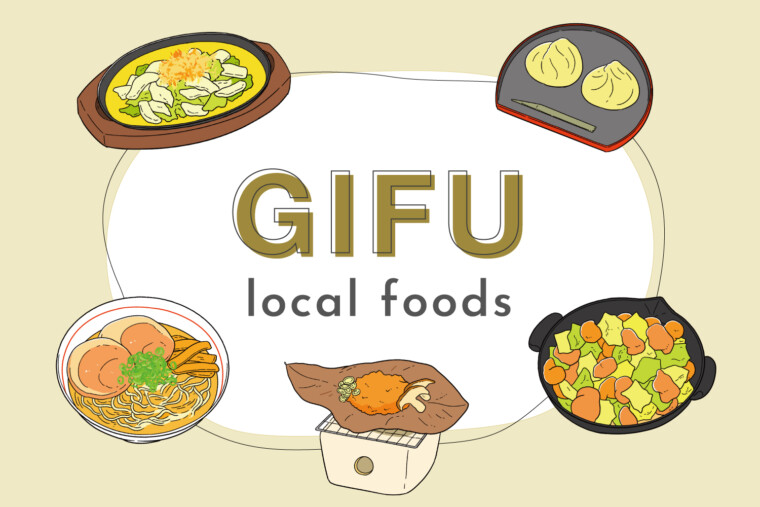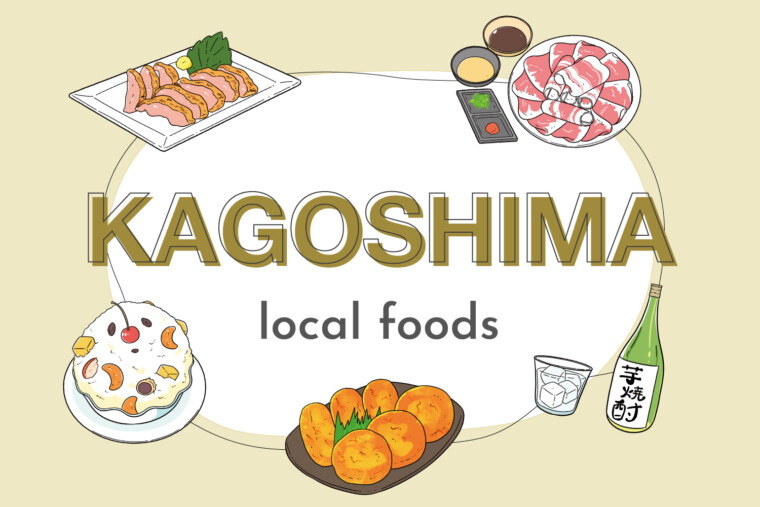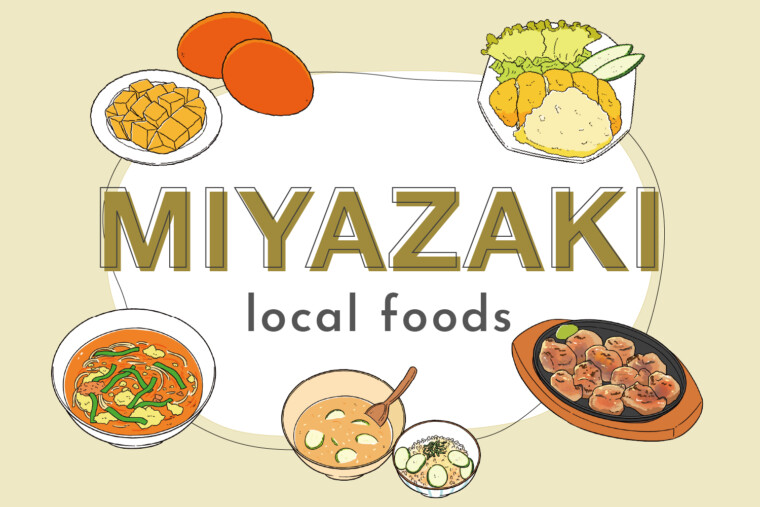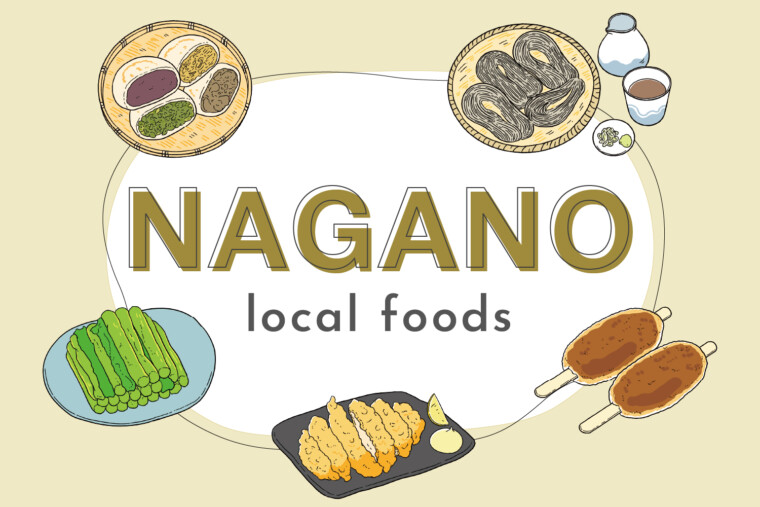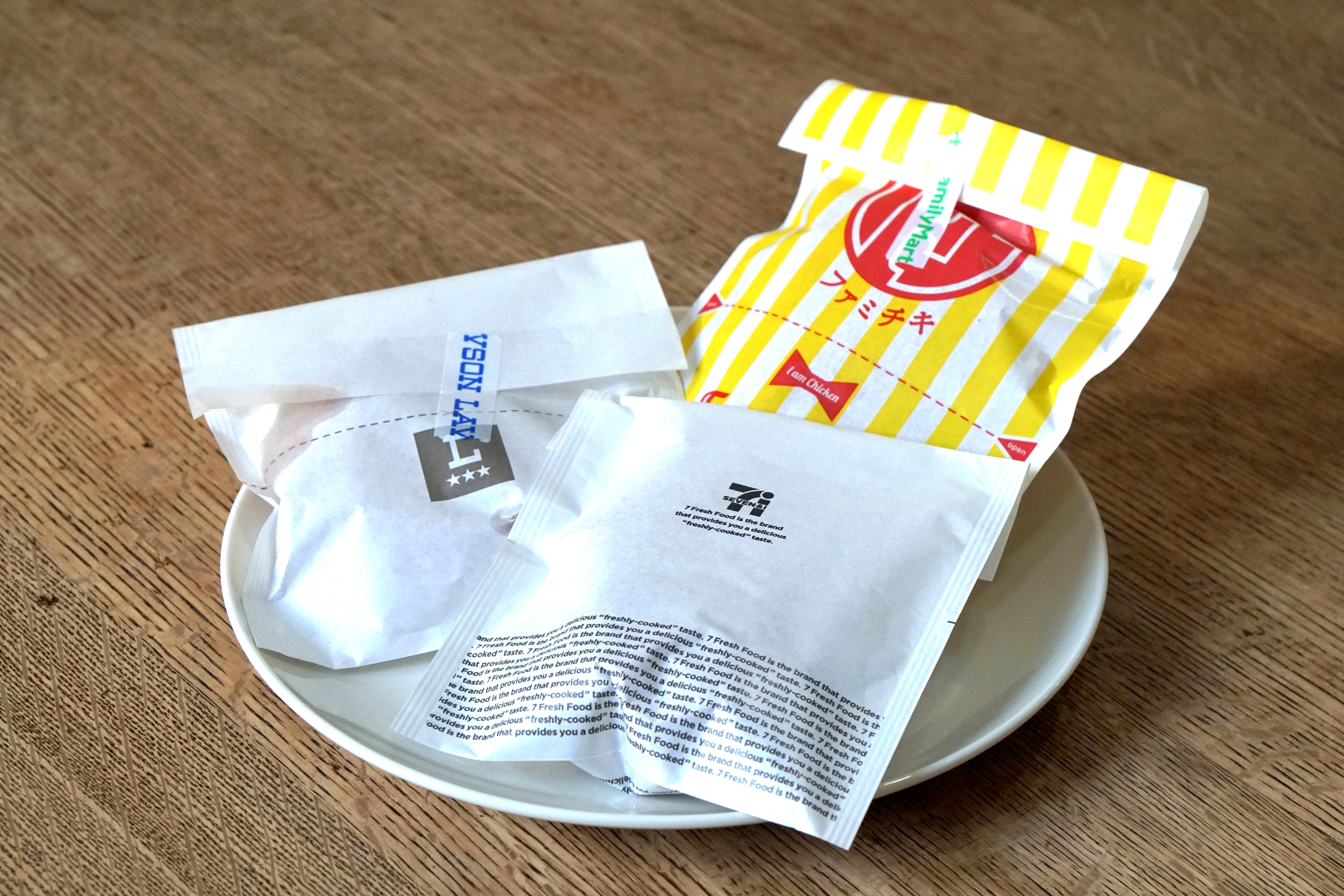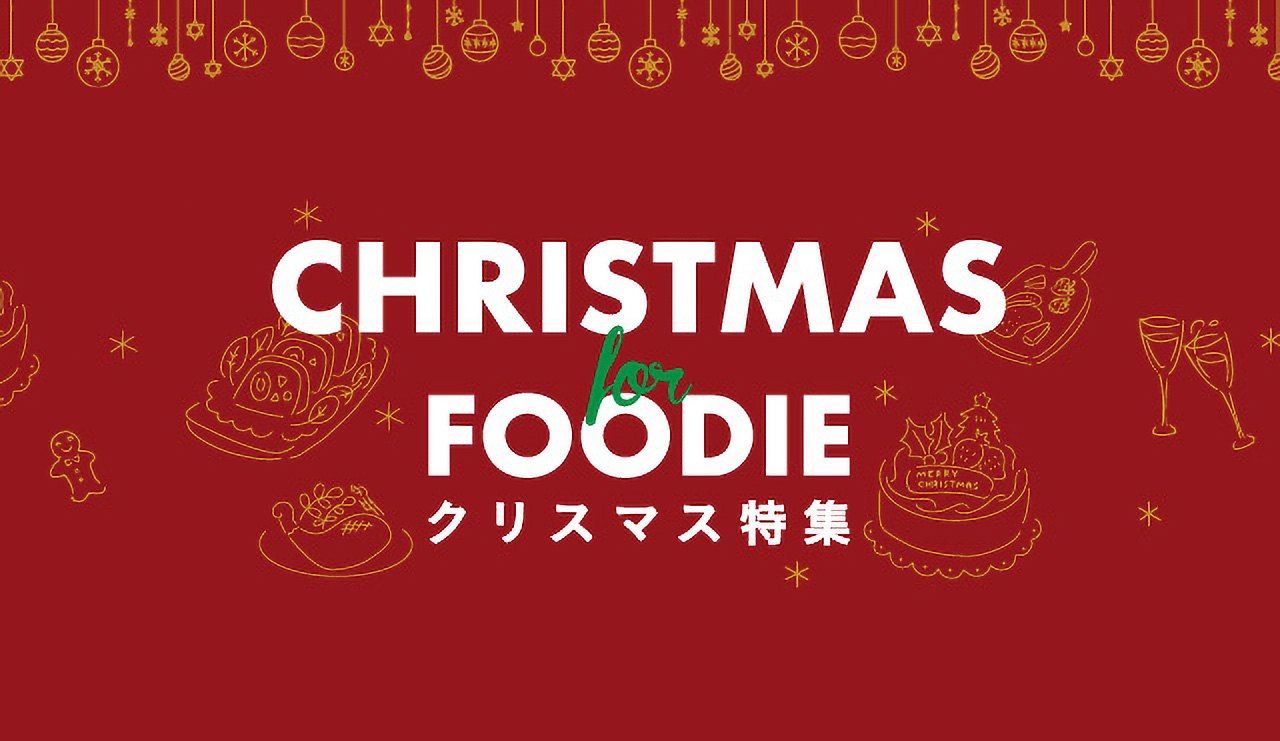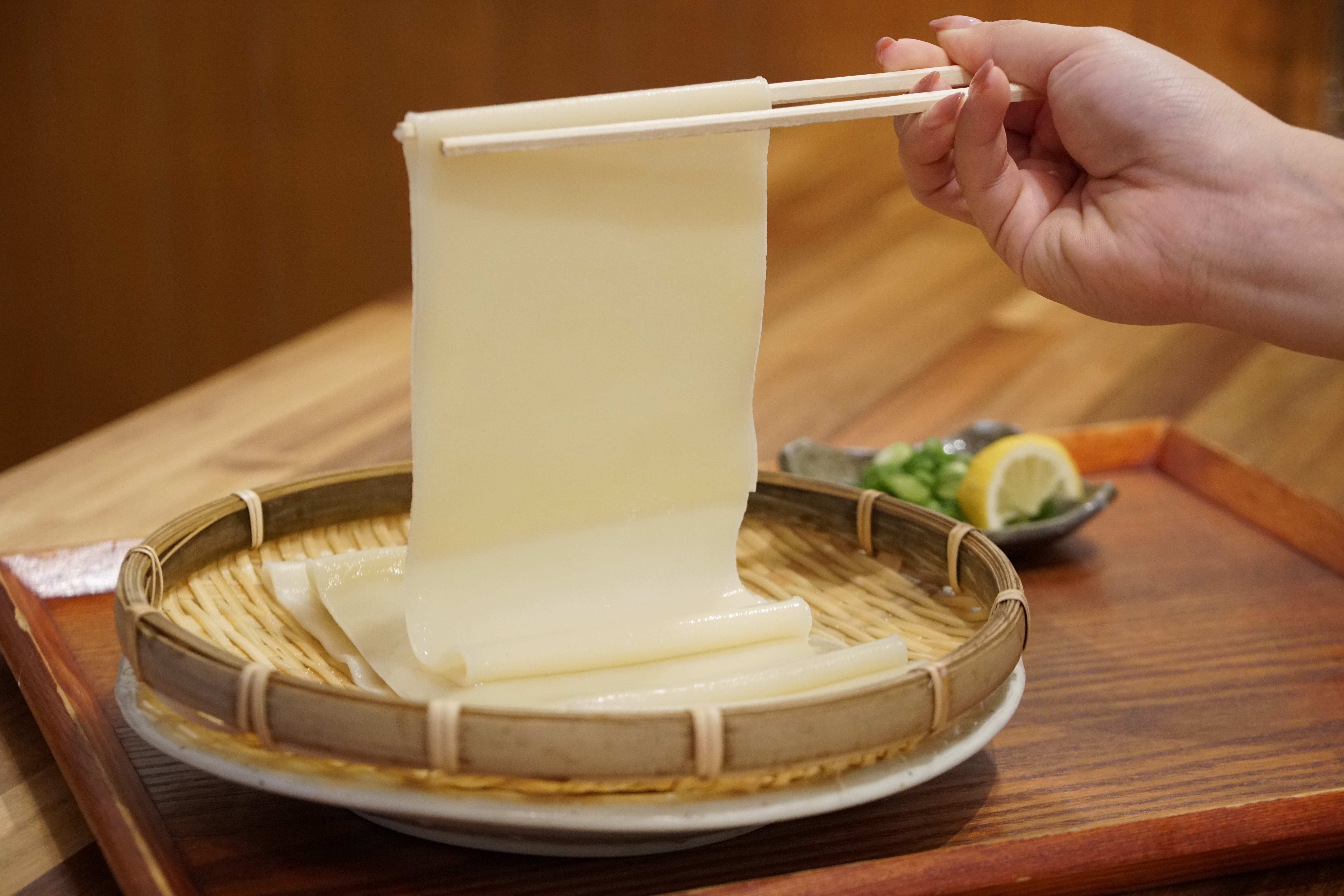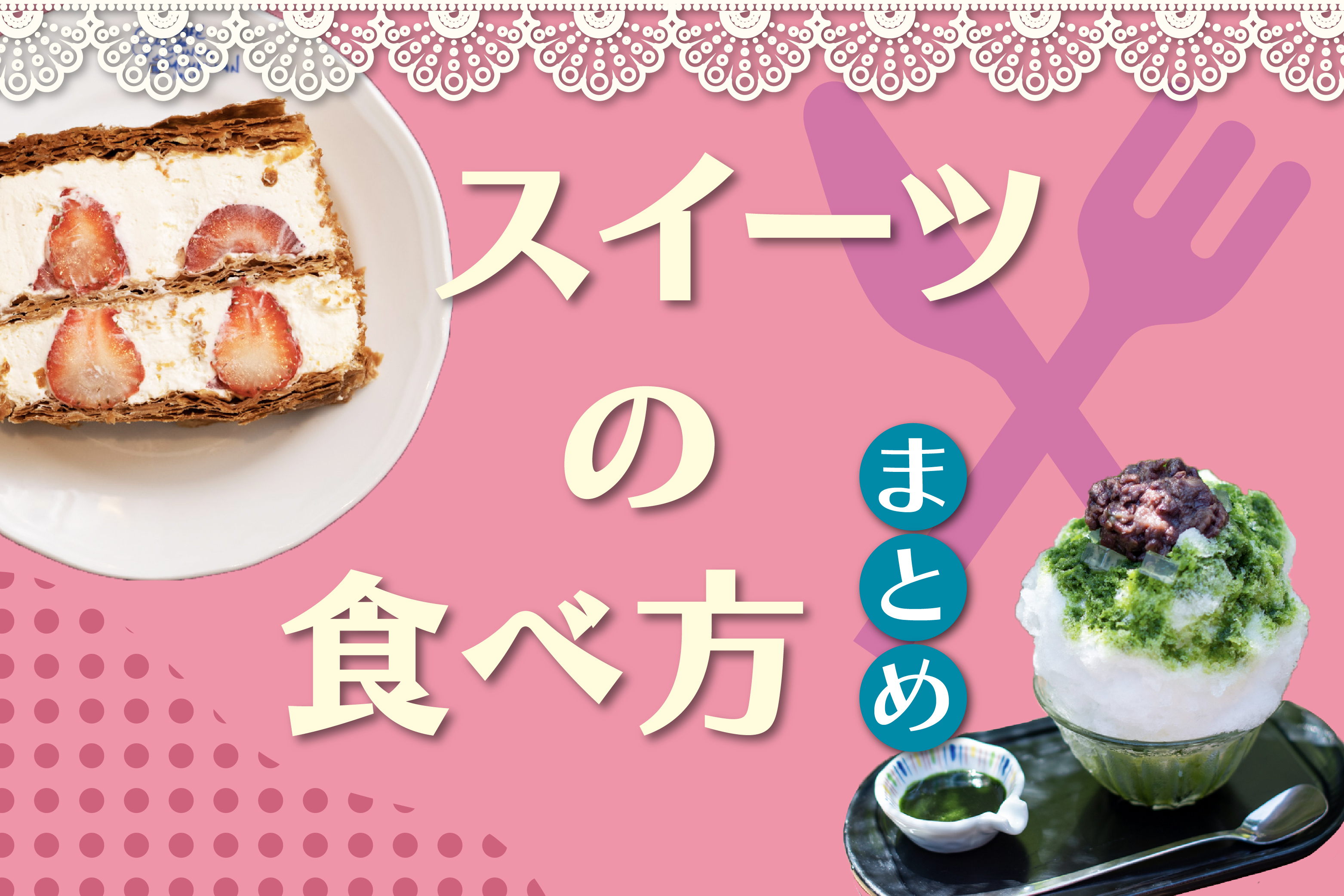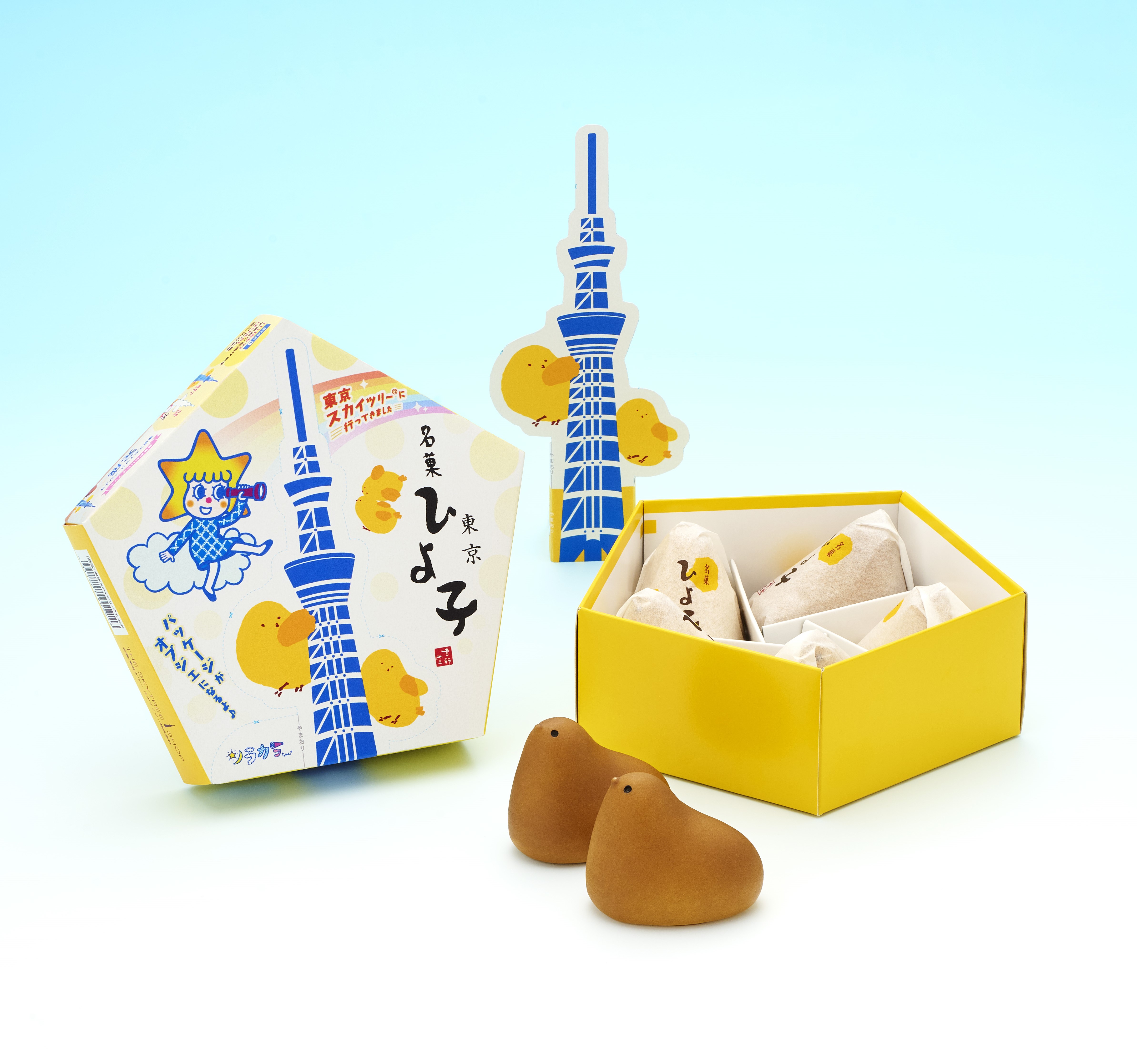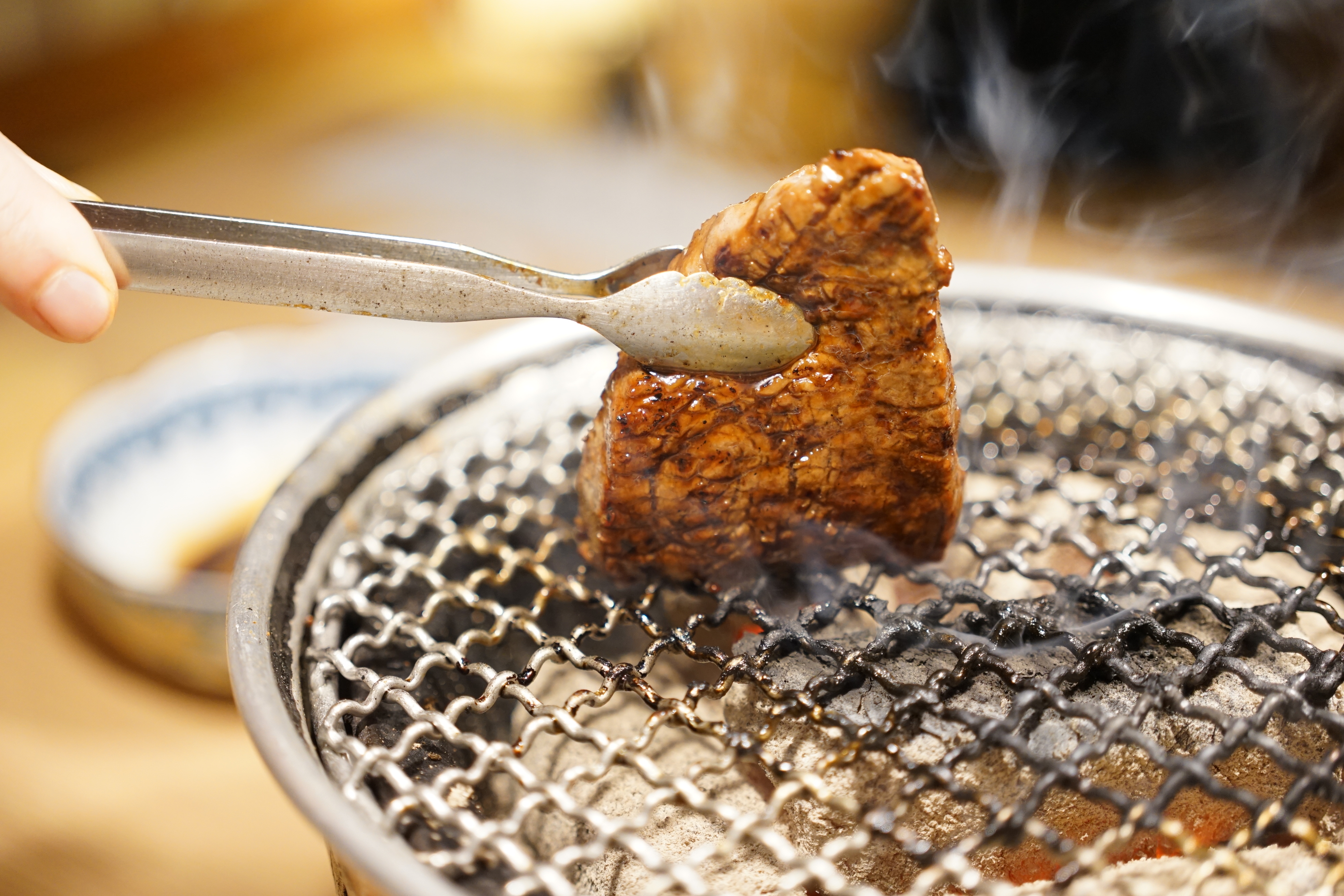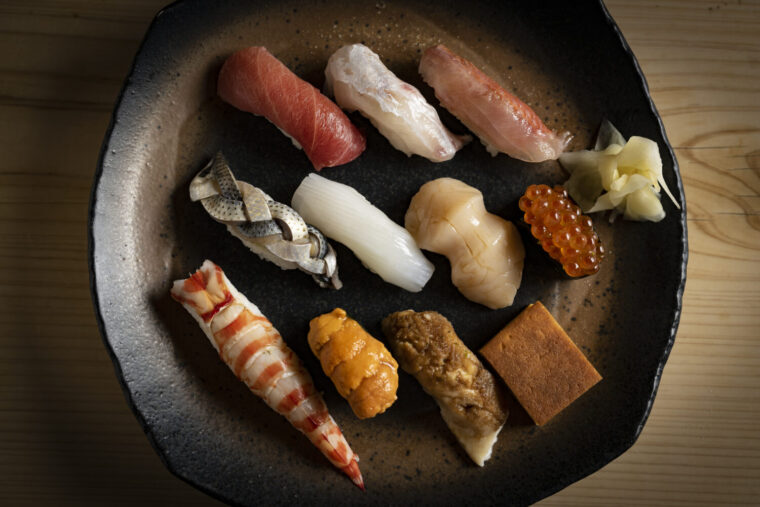
Ehime Food Guide: Taimeshi, Mikan, Jakoten, Taruto, and Yawatahama Champon
Ehime Prefecture is so famous for its citrus fruits that it is often called the “Kingdom of Citrus.” Blessed with both the Seto Inland Sea and the Uwa Sea, the region also boasts an abundant catch of diverse seafood. Among them, dishes made with the bounty of the sea—such as taimeshi (sea bream rice) and jakoten (fried fish cakes)—are truly exquisite.
share:
Table of Contents
Celebratory Dish: “Taimeshi” (Sea Bream Rice)
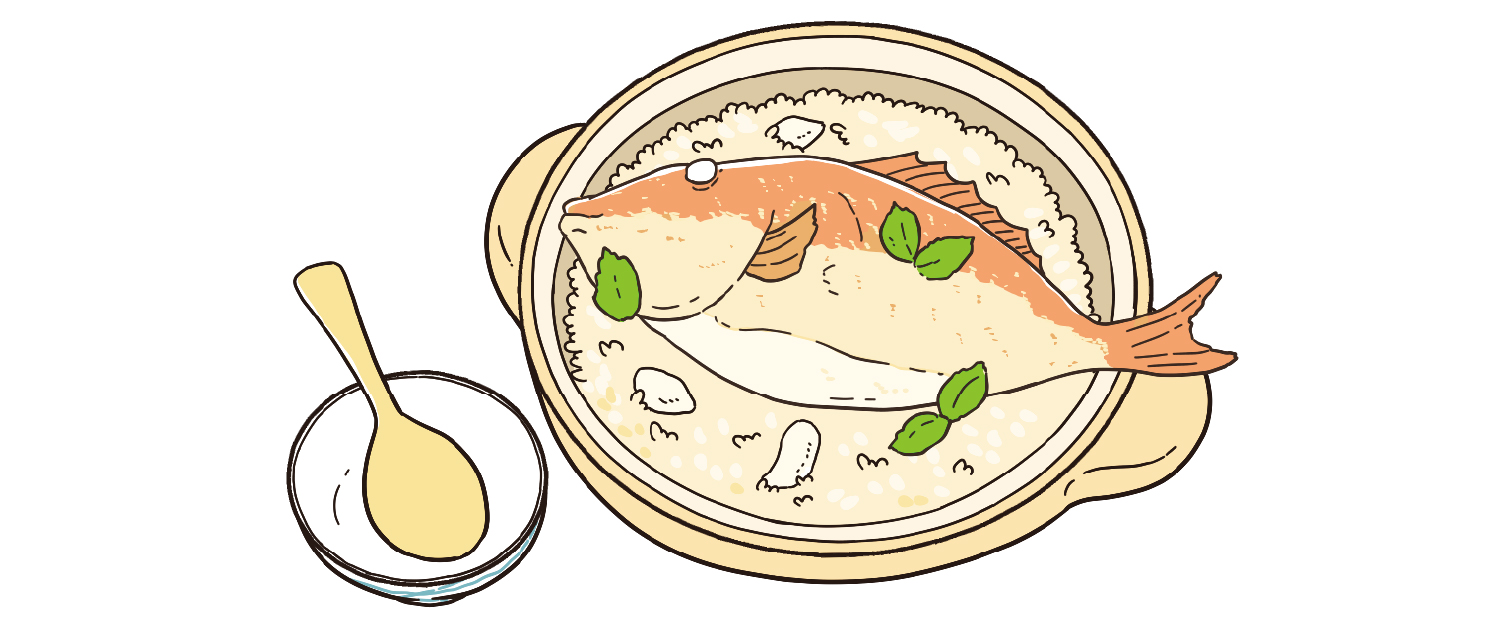
“Taimeshi” is said to have originated when fishermen offered sea bream cooked with rice to Empress Jingū as a prayer for victory in battle. A whole sea bream is simmered together with rice and kelp, then the fish is flaked and mixed into the rice before eating. The umami of the sea bream and kelp infuses the rice, making it exquisite. On the other hand, there is also a fishermen’s-style version of taimeshi, where slices of sea bream sashimi marinated in soy sauce, sesame, and dashi are placed on top of rice.
The best season for sea bream is March to April, when they store up nutrients before spawning in May. During this time, their bodies turn a cherry blossom color, earning them the name “sakura-dai” (cherry blossom sea bream).
Mineral-Rich “Mikan”
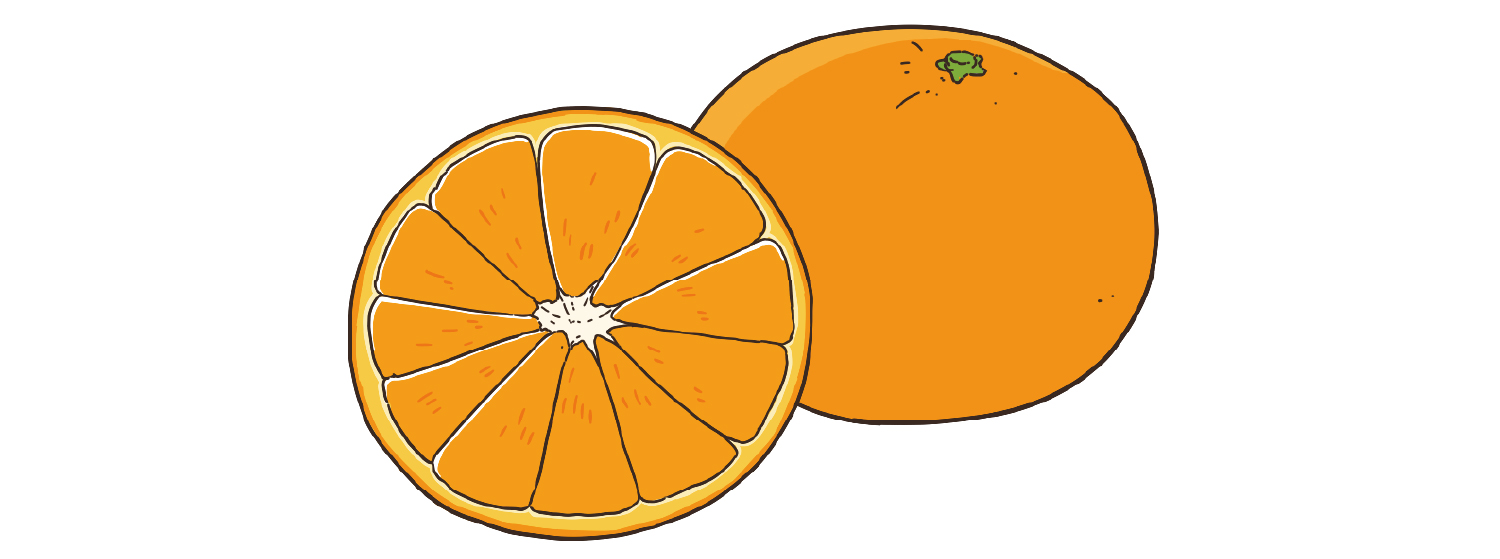
Ehime Prefecture has an ideal climate for cultivating mikan, with an annual average temperature of over 15°C and long daylight hours. In addition, the soil, enriched by sea breezes, contains abundant minerals, producing nutritious and delicious mikan. There are more than 40 varieties, including Unshū mikan, Iyokan, and Ponkan, many of which are in season from winter to spring. Visitors to Ehime can fully enjoy mikan through picking experiences, as well as treats like mikan gelato and parfaits. There are even spots where mikan juice flows from a faucet!
“Jakoten” in Oden and Curry
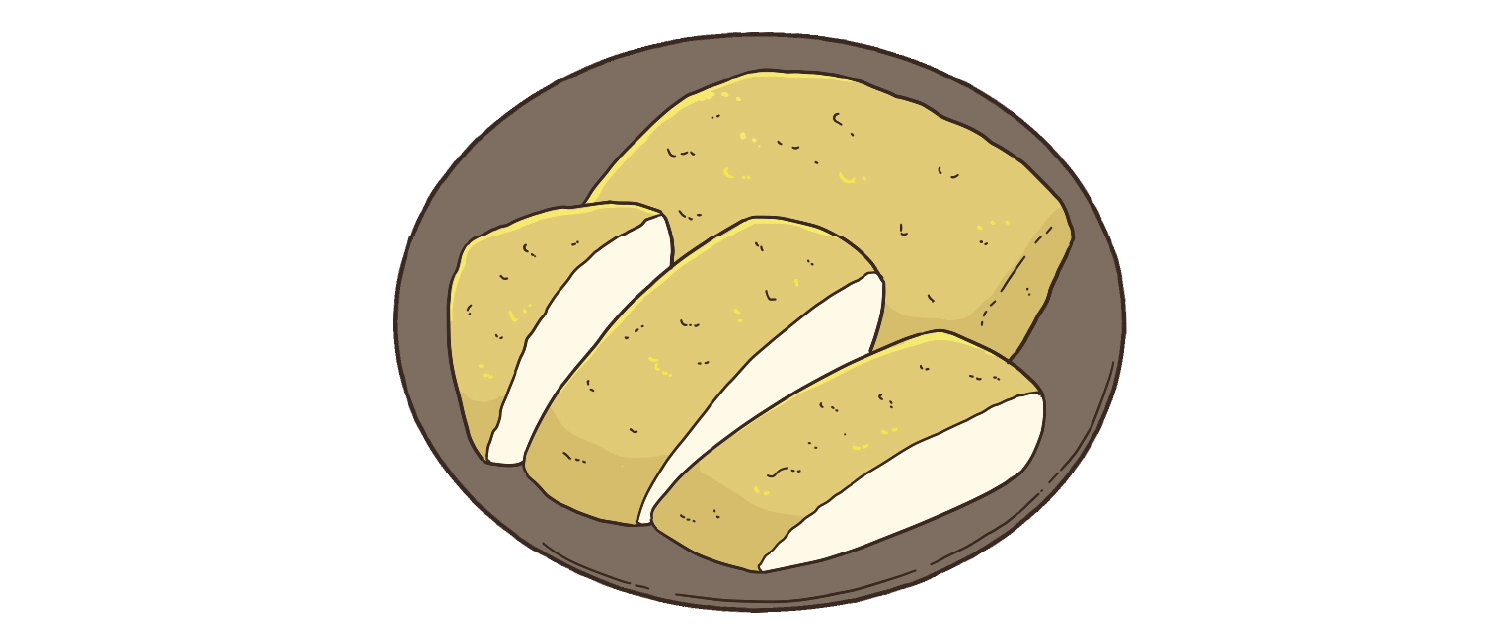
“Jakoten” is made from various fish caught in the Uwa Sea. It is said to have originated in 1615, when the first lord of Uwajima invited a kamaboko (fish cake) craftsman from his hometown of Sendai. Small fish, including their skin and bones, are ground, mixed with flour, salt, and egg, shaped into oval patties, and deep-fried. While delicious on their own, they are also enjoyed with grated daikon or ginger. Jakoten are often used as ingredients in oden and curry, making them a familiar part of everyday life.
A Roll Cake with Sweet Bean Paste? “Taruto”
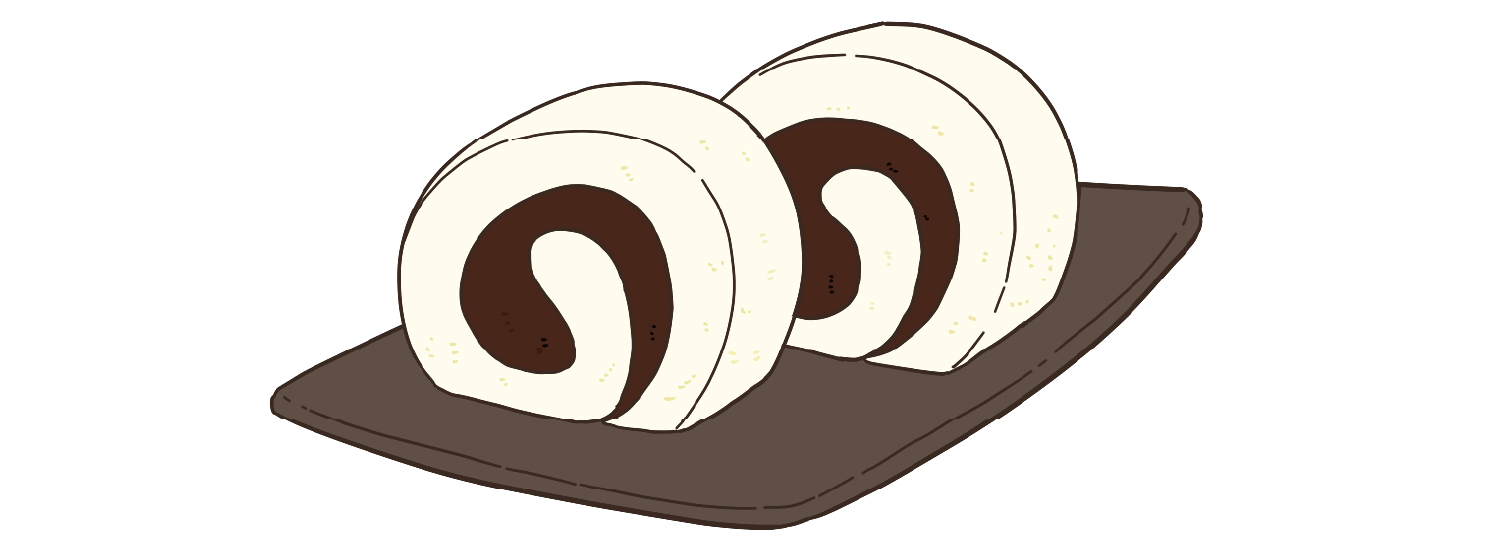
“Taruto” is a roll cake made by wrapping sweet bean paste in castella sponge. It is said to have been inspired by nanban (foreign) sweets introduced by Portuguese visitors to Nagasaki during the Edo period. Originally, jam was placed inside castella, but in Matsuyama City, Ehime Prefecture, the version with sweet bean paste was created and named “taruto,” after the Portuguese word for roll cake. The filling contains yuzu and azuki beans, specialties of Shikoku. It remains a popular souvenir from Ehime.
Light Seafood Flavor: “Yawatahama Champon”
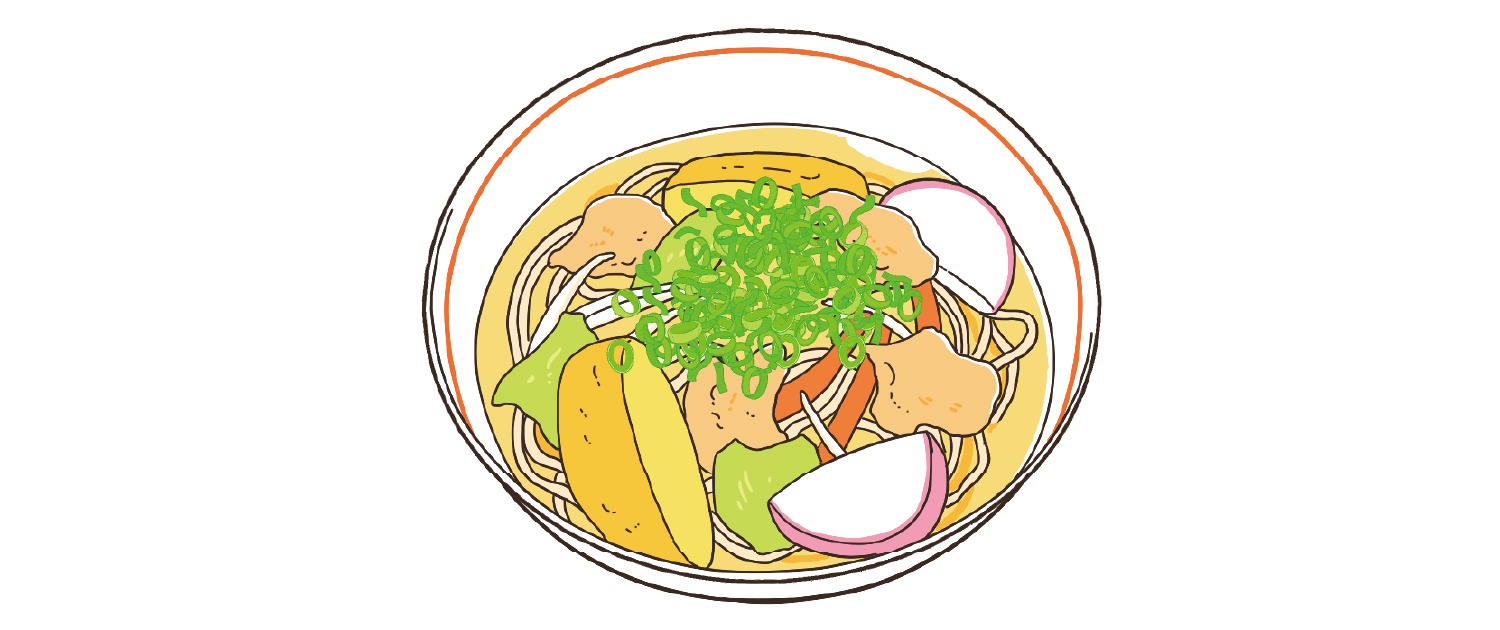
“Yawatahama Champon” features a clear, light broth made from chicken bones, bonito, and kelp, filled with plenty of vegetables, pork, and local specialties such as kamaboko and jakoten. This dish is an adaptation of Nagasaki champon, tailored to the fishing culture of Yawatahama City, where the seafood industry thrives. Depending on the eatery—be it a diner, restaurant, or izakaya—Yawatahama champon comes in various styles, but it is always loved as a soul food of the locals.
*The information is based on the time of reporting or creation, and may differ from the current situation.
tags:
share:
Related Articles
Essential Osechi Etiquette: Chopsticks, Eating Order, and Sy...
おせちのマナー|年末までに読みたい! 覚えておきたい決まりごと
Osechi Ryori: Origins, Symbolic Dishes, and New Year Traditi...
おせち料理とは?|起源から料理の意味までを解説!










